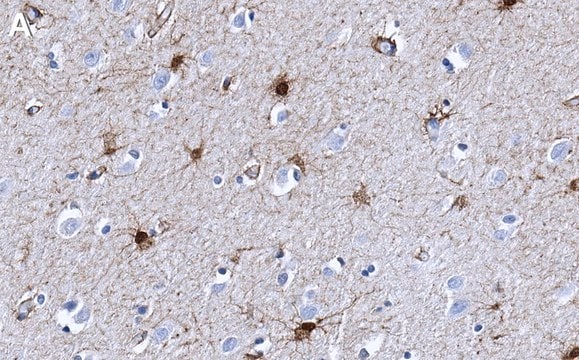The kits have not been validated for use with saliva; however, some guidelines are available for processing saliva samples:
1. Add protease inhibitor cocktail (Product P2714) at a 1:500 ratio to the saliva.
2. Centrifuge the mixture at 10,000 rpm for 10 minutes.
3. Dilute the supernatant in a 1:2 ratio with Assay Buffer before to setting up the assay.
4. Run assay with Assay Buffer as the matrix for the standard curve.
5. Multiply by 2 for the final result.
It should be noted that there are no references available for the S100B ELISA kit being used with saliva samples.












